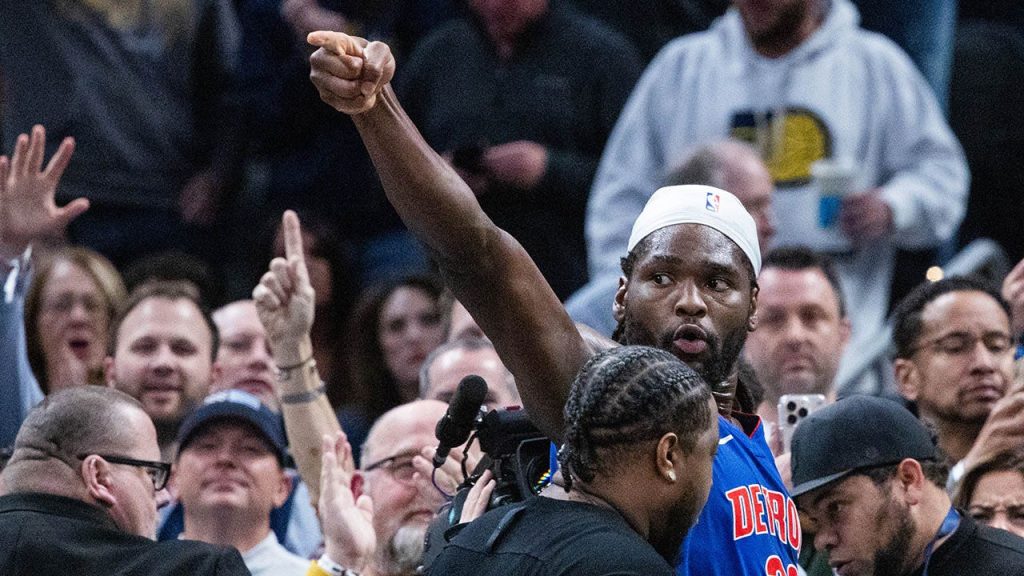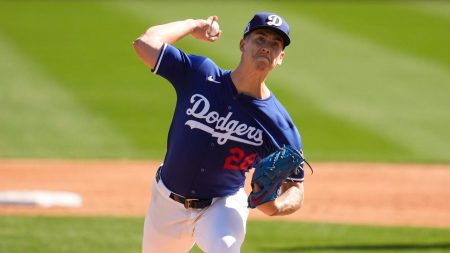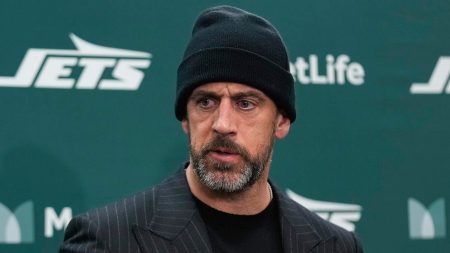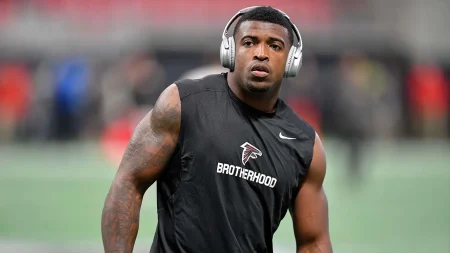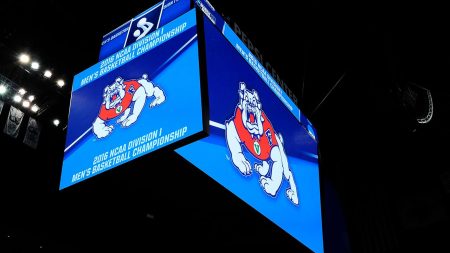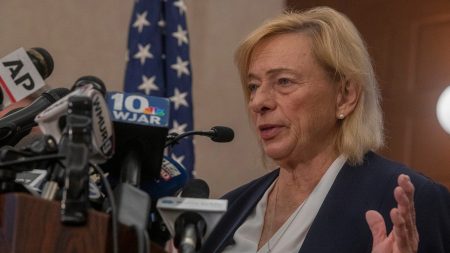The Detroit Pistons faced a peculiar situation on Friday night, a scenario where a celebratory giveaway coincided with the absence of the very player being commemorated. Fans arriving at Little Caesars Arena were greeted with the promised Isaiah Stewart bobbleheads, a tangible representation of the team’s burgeoning young center. However, Stewart himself was conspicuously absent from the court, serving a one-game suspension handed down by the NBA earlier that day. This suspension stemmed from an accumulation of flagrant fouls throughout the season, culminating in a heated incident during Wednesday’s game against the Indiana Pacers. The confluence of these events – a bobblehead giveaway celebrating a player concurrently suspended for aggressive on-court behavior – created a unique and somewhat ironic backdrop for the Pistons’ Friday night matchup.
The incident that triggered Stewart’s suspension occurred during the Pistons’ Wednesday night loss to the Pacers. With a shot in the air, Stewart made contact with Pacers center Thomas Bryant, an action deemed by officials as a flagrant foul. This particular foul carried significant weight, as Stewart had already accumulated four flagrant foul points earlier in the season. According to NBA regulations, reaching six flagrant foul points automatically triggers a one-game suspension. Stewart’s contact with Bryant ignited a brief on-court altercation, with Bryant’s teammates stepping in to restrain him. Stewart, seemingly aware of the implications of his actions, quickly exited the court. The league’s subsequent announcement not only confirmed the suspension but also revealed a $50,000 fine levied against Stewart for “inappropriate and objectionable gestures” he made following the ejection. These gestures were reportedly directed towards the Pistons’ bench and resembled the firing of finger guns.
The NBA’s decision to suspend Stewart underscores the league’s commitment to maintaining a balance between competitive intensity and player safety. While physicality is an inherent part of the game, actions that cross the line into recklessness or unnecessary aggression are subject to disciplinary measures. Stewart’s accumulated flagrant fouls painted a picture of a player struggling to maintain composure in heated moments, a trend that ultimately led to his suspension. The incident also highlighted the ongoing challenge for players to control their emotions in the high-pressure environment of professional basketball. The significant financial penalty further emphasized the seriousness with which the league views such behavior.
Ironically, the suspension coincided with a promotional night designed to celebrate Stewart’s contributions to the Pistons. The first 5,000 fans in attendance received the bobblehead commemorating the young center, a stark contrast to his absence on the court. Despite the unfortunate timing, the Pistons organization proceeded with the giveaway, perhaps as a gesture of goodwill towards their fans and a subtle acknowledgment of Stewart’s importance to the team. This unusual situation – a player suspended on his own bobblehead night – added an unexpected layer of complexity to the game’s narrative.
Beyond the immediate implications of the suspension and the bobblehead giveaway, the incident also brought to the forefront the historical context of the Pistons-Pacers rivalry. The infamous “Malice at the Palace” brawl in 2004, a dark chapter in NBA history, forever linked the two franchises. While Wednesday’s altercation was significantly less severe, it served as a reminder of the simmering tensions that can exist between these two teams. Although Stewart’s actions were not on the same scale as the events of 2004, they underscored the importance of maintaining composure and sportsmanship, particularly in rivalries with such a charged history.
Despite the absence of their suspended center, the Pistons continued their surprisingly competitive season. Their 23-24 record at the time placed them in contention for a play-in tournament spot, a significant improvement over the previous year’s historically poor performance. The team’s turnaround, following a season marred by an NBA-record 27 consecutive losses and the subsequent firing of coach Monty Williams, was a testament to the team’s resilience and the impact of new leadership. While Stewart’s suspension presented a temporary setback, the Pistons remained focused on their playoff aspirations, demonstrating their determination to build upon the progress made throughout the season.




